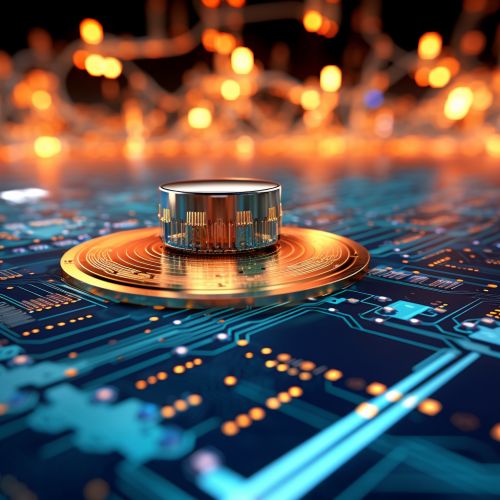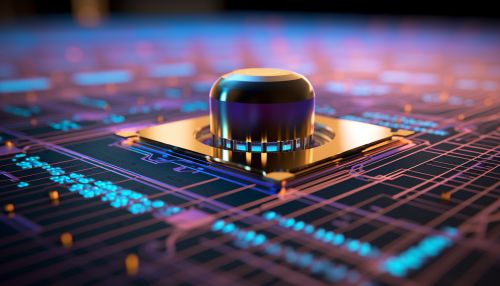Nanodiodes
Introduction
Nanotechnology has revolutionized the field of electronics, leading to the development of nanoscale devices such as the nanodiode. A nanodiode is a specialized electronic component that primarily functions as a one-way valve for electric current, similar to its larger counterpart, the diode. However, the defining characteristic of a nanodiode is its size - it is typically less than 100 nanometers in size, which is about 1/1000th the width of a human hair.


Structure and Operation
A nanodiode is composed of two types of semiconductor material: an n-type, which has an abundance of free electrons, and a p-type, which has a deficit of free electrons, also known as holes. These two materials are joined together to form a p-n junction, the critical region of operation for the diode.
When a voltage is applied across the diode, it causes the free electrons in the n-type material to move towards the p-n junction, and the holes in the p-type material to move in the opposite direction. This movement of charge carriers allows current to flow through the diode, but only in one direction - from the n-type material to the p-type. This unidirectional flow of current is what gives the diode its primary function as a one-way valve for electric current.
Fabrication
The fabrication of nanodiodes involves complex processes, primarily based on nanolithography techniques. Nanolithography, a branch of nanotechnology, involves the etching, writing, or printing at the microscopic level, where the dimensions of characters are on the order of nanometers. This is used to fabricate nanoscale structures and devices like nanodiodes.
One of the most common methods used in the fabrication of nanodiodes is the top-down approach, which involves the carving or etching out of larger materials down to the nanoscale. Other methods include the bottom-up approach, which involves the assembly of nanoscale materials to create larger structures, and the molecular beam epitaxy (MBE), a method used to deposit very thin layers of atoms onto a substrate.
Applications
Nanodiodes have a wide range of applications, primarily in the field of electronics and telecommunications. They are used in rectifiers, which convert alternating current (AC) to direct current (DC), and in clippers and clampers, which are used to shape the waveform of signals.
In the field of telecommunications, nanodiodes are used in demodulation, the process of extracting the original information-bearing signal from a carrier wave. They are also used in the construction of logic gates and switches, the fundamental building blocks of digital circuits.
In addition to these, nanodiodes also have potential applications in quantum computing and nanoscale sensors. Their small size allows for high-density integration, making them ideal for use in these advanced technologies.
Future Prospects
The field of nanodiodes is a rapidly evolving one, with new research and developments being made on a regular basis. The future of nanodiodes lies in the development of more efficient and reliable nanoscale devices. This includes the development of nanodiodes with higher switching speeds, lower power consumption, and improved reliability.
One of the key areas of research in this field is the development of nanodiodes based on novel materials, such as graphene and other two-dimensional materials. These materials have unique properties that make them ideal for use in nanoscale devices, and their use could lead to the development of nanodiodes with improved performance and functionality.
